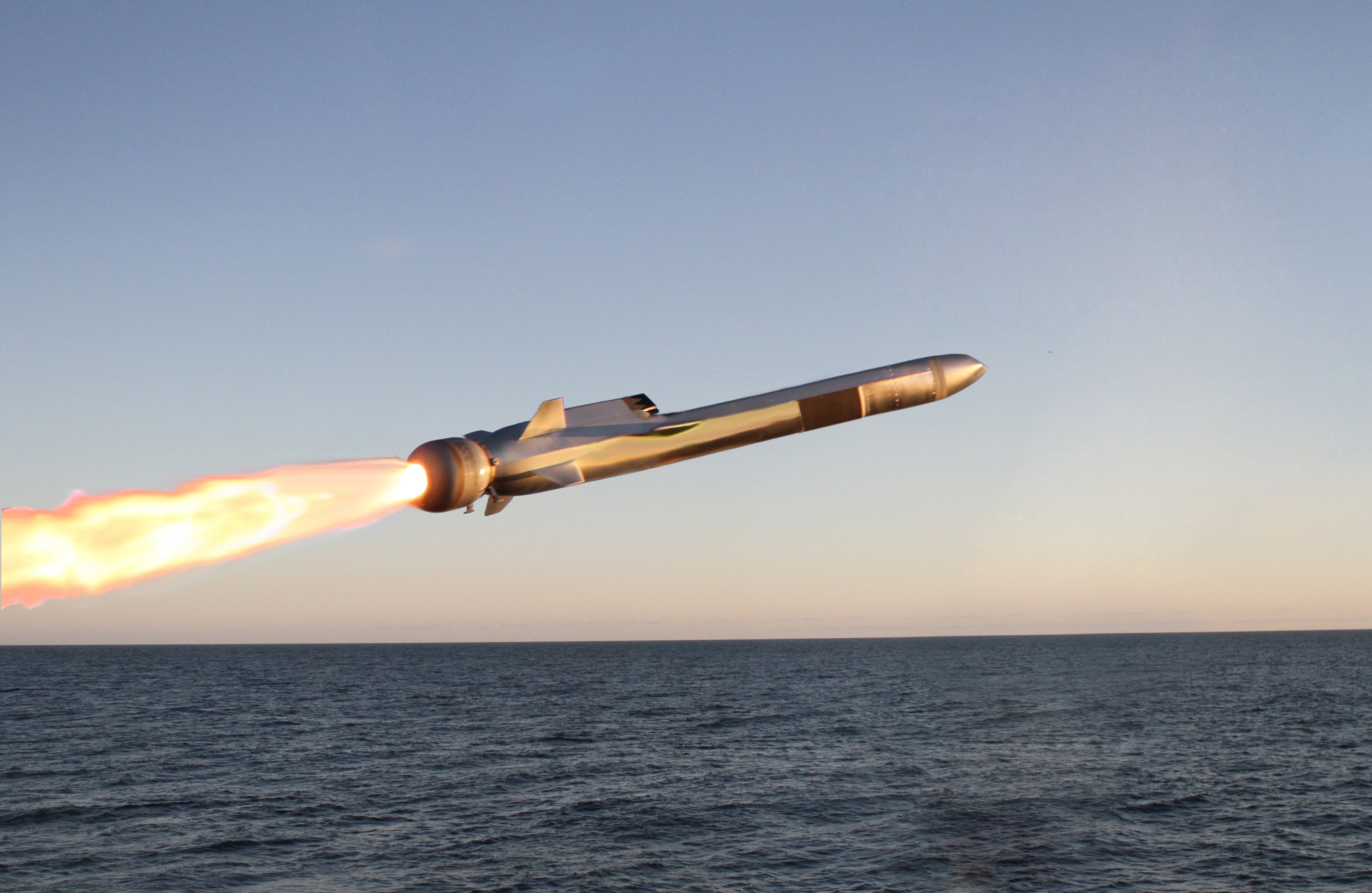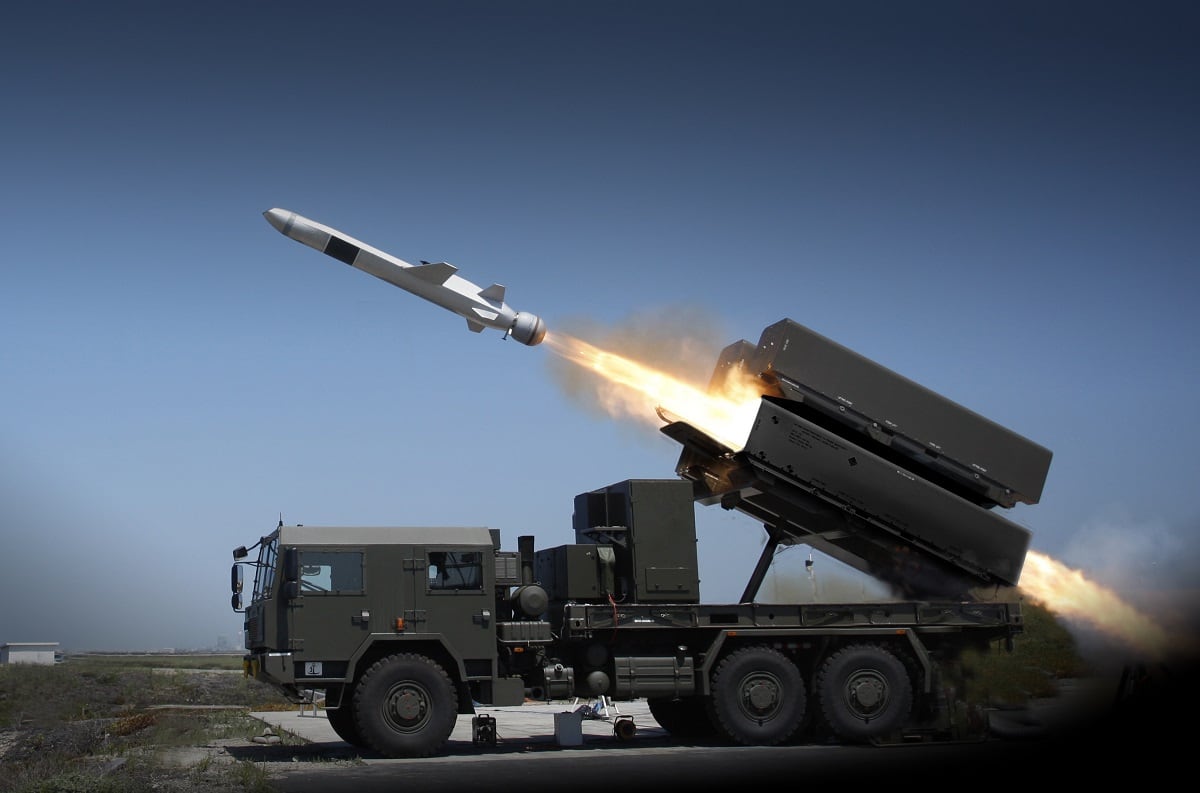The Marine Corps might get its anti-ship missile system a year earlier than planned and in numbers to do some serious re-balancing against the Chinese military in the Pacific.
During a Senate Armed Services Committee hearing Wednesday, Lt. Gen. Eric Smith, head of Marine Corps Combat Development Command, shared details about work being done to field the ground-based anti-ship missile system and other ground-focused Marine programs.
Marine focus on the Pacific and countering China relies on a lot of things but none quite as tangible as a missile system that a small group of Marines can use to take out Chinese ships.
RELATED

Smith was asked about where the Marines stood in terms of pushing back Chinese military in the “first island chain” that rings off the coast of mainland China and skirts into the South China Sea, a key global trading corridor.
As of 2019, a Congressional report noted that the Chinese military had 335 ships in its navy ― a more than 50 percent increase since 2005. And that ship-building pace has only risen.
The three-star emphasized that part of the Marines’ strategy is to deploy into that zone and operate within it. And without a weapon that can reach ranges of hundreds of miles to strike ship targets, they won’t be effective.
Tests in December and another scheduled off the California coast in June are helping accelerate the ground-based ant ship missile.
That’s in part because they’re using existing equipment, such as the Naval Strike Missile, paired with a launcher on the back of an automated Joint Light Tactical Vehicle for the new system.
Smith told the committee that as tests proceed they expect to be able to field 36 systems by 2022 instead of the original 2023 timeline.
“That capability causes any threat to have to take a step back,” Smith said.
With those numbers in hand, Marines could scatter dozens of the ant ship missiles across key terrain in the Pacific.
“That means the sea lanes are not open for them,” he said.
For at least the past 15 years, Marines have used the High Mobility Artillery Rocket System as their go-to for longer range fires. It’s been a battle-proven system but lacks the needed range and the ability to hit moving maritime targets.
In the past few years, Marines have fired those systems from ship decks to hit land targets but the same can’t quite be done in the reverse.
That led to the development of the anti-ship missile program, the Ground-based Anti-ship Missile, or GBASM, and Remotely Operated Ground Unit Expeditionary, or ROGUE, fires vehicle.
The Naval Strike Missile, already in service reached distances of 175km or more.
That’s separate from another long-range fires program, Smith explained to the committee. That is the Ground Launched Cruise Missile, which is a defense secretary priority that the Marines are developing to reach distances in the hundreds of miles.
Earlier in March, Commandant Gen. David Berger discussed that program with Congress. It is essentially a ground-launched type of Tomahawk cruise missile.
Systems such as those can reach distances greater than 2,000 km.
Todd South has written about crime, courts, government and the military for multiple publications since 2004 and was named a 2014 Pulitzer finalist for a co-written project on witness intimidation. Todd is a Marine veteran of the Iraq War.




